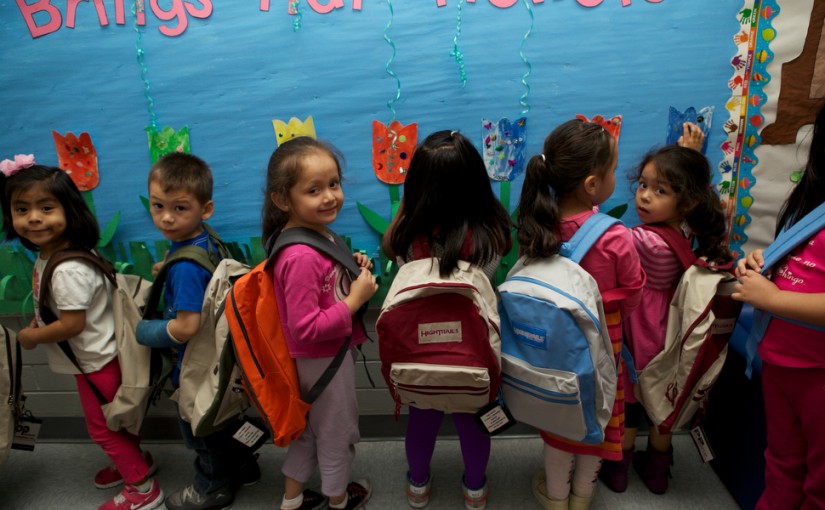With the summer coming to a close, matters such as uniforms, stationery and bus routes are often at the top of any parents mind, as children everywhere start preparing for their return to school. However, one important piece of school equipment is commonly overlooked: the backpack.
While buying whichever backpack is in fashion, or the least expensive might be your first port of call, it is important to keep in mind what the best fit might be for a healthy backpack. Not all backpacks are created equal, and your child will wear whichever pack you choose every day, so it’s worth taking the time to ensure that you have chosen a backpack that will help your child to be comfortable and secure throughout the entire school day.
A backpack is an essential item that no school child can do without but according to the US Consumer Product Safety Commission, almost 28,000 injuries are treated in emergency rooms each year due to wearing backpacks. The following are our tips for ensuring that your child’s backpack is the best fit. A child wearing an inadequate backpack or wearing one incorrectly can lead to muscle strains, pain and fatigue.
Get your child started off on the right foot this school year by making sure they have the right backpack, and know how to wear it properly.
Buying
- When buying a backpack, choose one with wide, padded straps and a padded back. The padding will provide additional support and stop the straps from digging into your child’s shoulders when the backpack is full
- If the school allows it, consider purchasing a rolling backpack – this will give your child some respite from wearing it all the time if it contains a heavy load. Just make sure that the backpack fits into your child’s locker
- Choose a backpack that is no wider or longer than your child’s torso. Have your child try the backpack on and check that it fits from around two inches below your child’s shoulder blades to their waist
- Make sure your child can stand straight with the backpack on – if they lean forward when the backpack is on then it doesn’t fit them correctly
- If you purchase a backpack online, make sure there is a return policy just in case it fits your child poorly and needs to be exchanged
- Consider choosing a backpack with a hip belt – these help to relieve some of the weight, particularly taking it off the shoulders and neck
- According to studies, almost 80 percent of school children think their bag is too heavy. Don’t purchase a larger bag, hoping it will last longer – buy a bag that is size appropriate for your child’s age
- Take into account the weight of the bag before you buy it – canvas and cotton bags weigh less than leather
- Make sure the backpack has a drink bottle holder on the outside to avoid spillage and consequent problems such as stains or mildew
Wearing
- Don’t overload backpacks with unnecessary items. Make sure it has all the essentials but does not weight more than 10 to 20 percent of your child’s overall body weight.
- If your child has a lot of heavy books to carry, encourage them to leave as much as they can in their locker or desk while at school, and leave any unnecessary items at home. If this is not possible, offset some of the weight by using a book bag which can be carried separately
- Make good use of all the compartments in a backpack so that the weight is distributed as evenly as possible. Properly utilising compartments also makes it easier for kids to find the things they need quickly
- If your child is carrying heavier items, make sure they are packed as close to the back as you can, in the center of the bag
- Don’t allow your child to sling their backpack over one shoulder – both straps should be used to avoid straining muscles and causing poor posture
If you notice anything unusual about your child when they are wearing their backpack, check it. Changes in posture, pain, red markings, numbness or difficulty taking the bag off or on can all be signs that the backpack is too heavy or is inadequate.

Leave a Reply
You must be logged in to post a comment.